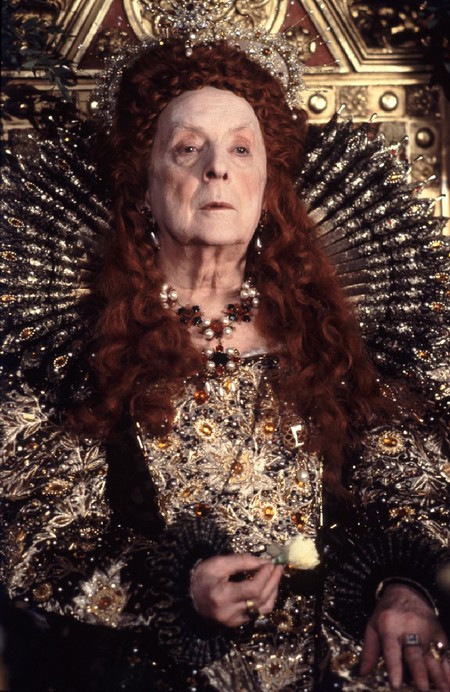

Pictures and mentions of the actor
Reflect upon and illustrate the process of adapting Virginia Woolf's 1928 novel, Orlando, to film.
Exploring the intertextual nature of Sally Potter's film, Orlando
The intertextual nature of Sally Potter's film adaptation of Orlando (1992)
Looking at Orlando through the realm of casting, trying to understand the significance of casting Swinton and Crisp in the film.
Intertextuality in Orlando: gender fluidity and the re-shaping/accentuasion of themes and essence.
The intertextuality of stars in Sally Potter's 'Orlando'. Explore how an actor's parcipitationand performance in a film creates new meaning.
An exploration into the ways in which Woolf and Potter construct their versions of Orlando and how these show similar motives as authors, or perhaps how these motives might differ, possibly due to the fact that they use different mediums to tell the same story.
Creating your own online ‘pathway’, use the SP-ARK multi-media archive to reflect upon and illustrate the intertextual nature of Orlando (1928 and 1992).
An exploration of intertextuality in Orlando through themes of gender and identity. I have chosen this approach as the most obvious, yet complex and interesting theme in Sally Potter's and Virginia Woolf's work. Same person/Same story. No difference. Just a different sex/Just a different medium.
Intertextuality in, and adaptation of Orlando.
Exploring Intertextuality in Orlando
An exploration of the ways in which Woolf's base text and other texts are incorporated and added into Potter's adaptation.
Using different color pallets within costumes and set designs help to portray the different epochs the film takes the watcher through. Through these different examples, one sees gold, reds, and oranges within the Elizabethan period and then later on towards the end of the film, one can view only blues and greens as Orlando enters into the Victorian period. The use of different colors helps guide the watcher throughout the vast amount of time traveled in Orlando.
Exploration on the ways in which gender becomes a fluid concept throughout Orlando and the aspects of the film that contribute to this.
The purpose of this pathway is to 'reflect upon and illustrate' the process of adapting Orlando.
Pathway to reflect upon and illustrate the process of adapting Virginia Woolf’s 1928 novel, Orlando, to film.
Looking at the adaptations of gender ideas from Woolf's novel to Sally Potter's film.
The focus here is on the nature of design in adaptation. One example includes key aspects such as location from pre-production sketches to how the final set looks in production, and how this relates to the words found in Woolf's novel. Additionally it's interesting to note the differences in adaptation across Orlando's 400 year journey.
The development of costume across the film mirrors the development of character. What are we as an audience able to decipher purely by the clothing and costumes used.
Exploring the representation of gender, through character, actors and costume in the adaptations of Orlando.
Copyright ©2026 Adventure Pictures. Some rights reserved. Non-commercial use of text and images in which Adventure Pictures holds the copyright is permitted, with attribution, under the terms and conditions of a Creative Commons BY-NC-ND License.